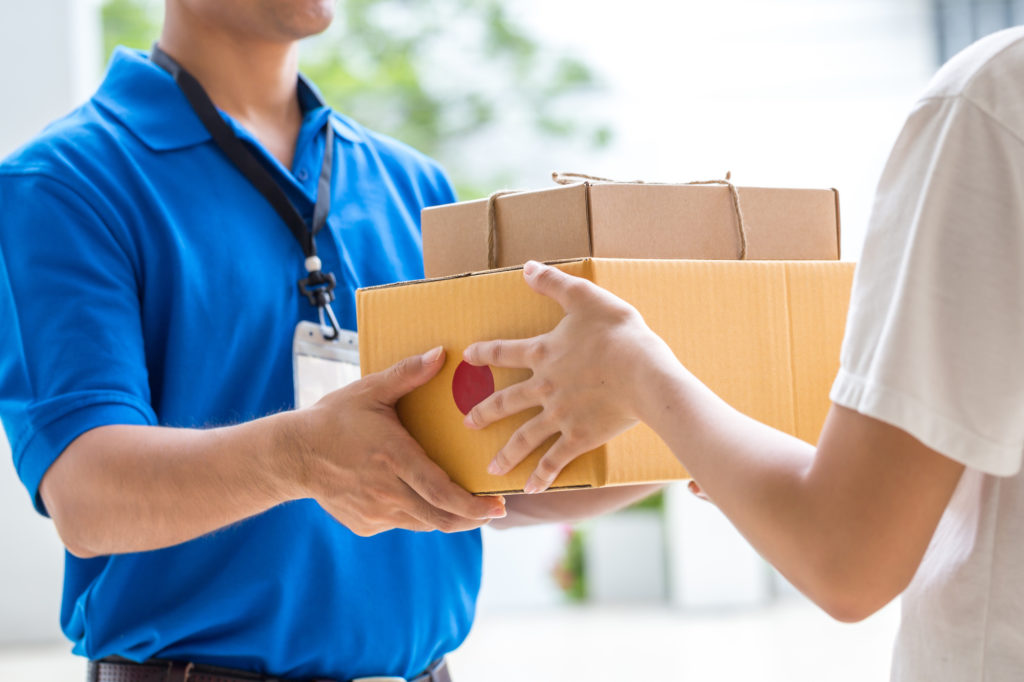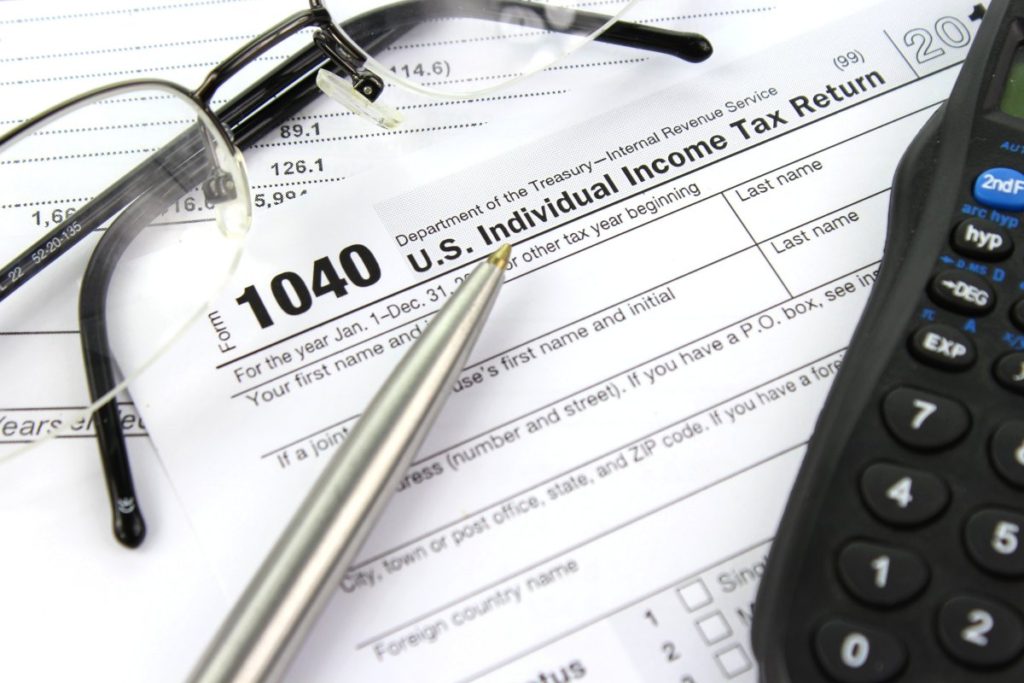
For the past 200 years, the US postal system set the example other nations followed when developing their mail delivery systems. Recently, technology threatens to make the postal service obsolete. Can the same technology that seems to work against the postal service be its savior?
Writing letters and delivering them by post has become a lost art. Instead, digital emails and cellular devices have scared the old ink and parchment into an almost fictive state.
In November of 2017, the US Postal Service’s pockets were holey at best. It may be more accurate to say that they had disintegrated entirely.
The company’s net loss at that point in the year was at an astounding $2.7 billion. Even worse, all that loose change resulted in a whopping $23 billion dollars lost from 2007 to 2017.
While many have abandoned the postal system as a lost cause, it’s not going anywhere soon.
And the very technology that threatens its existence may be its saving grace.
How do you think technology can save the mail? Read on to find out.
Postal Service History
We’ve come a long way from pigeon post, yet even when birds were being used as a form of communication, correspondents still imparted information through the written word.
In colonial times, mail was exchanged through friends, relatives, slaves, merchants and Native Americans to reach its intended destination. It wasn’t until the late 1600s when a governor in New York created a monthly post, resulting in the famous Old Boston Post Road still seen today.
A decade later, William Penn invented the very first post office in Pennsylvania.
For a time, Britain remained in control of America’s very new postal system. It wasn’t until 1753 when Benjamin Franklin and William Hunter were named joint postmasters general for the Crown, that the post office gained recognition as an important service.
Franklin set out to expedite and correct the jumbled tangle of routes and messages that, at that time, made up the post. His efforts were integral to America’s fight against the British.
Eventually, the power of the post was included in the Constitution by the Second Continental Congress. Benjamin Franklin was named as its first postmaster general.
Thus, the postal system was born.
How Can Technology Save The USPS?
International mail has survived throughout the centuries by adapting. The challenges posed in this century may be harder to overcome, but they can also propel the USPS to even further heights.
Provide Other Services
By branching out, the postal service can draw more revenue to decrease net losses.
Patricia Schiff Estess of Entrepreneur says, “Opening a branch office or store makes good business sense when it presents an opportunity for growth that fits the family business’s vision–and when the business is strong enough to sustain the growth.”
Contrary to popular belief, the postal service is still a strong company, even with the horribly high losses.
The common myths that the agency relies on taxpayer money to operate and that Amazon is running it out of business are false.
If anything, businesses like Amazon that require constant shipment of goods is helping post sales. It’s estimated that 30% of FedEx Ground shipments alone were delivered by the USPS.
If the agency can take advantage of the influx of online orders or provide other services, it may be able to get back on its feet.
To do this, however, the company must invest in the new technologies associated with such endeavors. This means new computer systems, security, and other measures.
Further, because of the extended outreach, the postal service has, they can even delve into other occupations, such as environmental testing or surveying. Furthermore, with the many dangers of online information, it’s the prime time to remind individuals that secure documents don’t have to be compromised online.
Global delivery, logistics, and freight forwarding are also on the table.
Go Online
Nowadays, many customers prefer receiving notices, letters, and bills online. Not only is this better for the environment, but it also provides an opportunity.
Hybrid mail efforts in which businesses can send letters to each other, clients and customers were largely a failure. This may have been due to the lack of planning and marketing on the part of the postal company.
However, the potential is there–even with regular postal customers.
Imagine being able to view your daily mail with the click of a button or swipe of the cell, much like checking an email online.
Deutsche Post provided a similar service in 2010 where it offered hybrid mail or regular mail to customers. It is also a logistics company.
The result? It’s making money rather than losing it.
Automated Kiosks
Automated kiosks have recently been implemented in some posts offices across the country. They offer a quick and convenient method of sending items or completing other transactions.
With the ever-increasing importance of time, they may be a more friendly option for the iGen and GenZ generations.
Location
Why must services be located only at post offices?
Offering services at convenient locations, such as grocery stores or malls, would encourage people to buy and ship items then and there.
Again, this is where kiosks or other compact, automated services can come in handy.
Drones
What if you could have something picked up at your house and taken by drone? Sure, it might be a bit far-fetched, but drones are being considered for organ transportation and the like so it’s really not that crazy.
Digital Stamps
Few things in life are more frustrating than preparing something for the mail only to realize you don’t have stamps.
Sure, you can order some online or stop at the local post office or store, but that takes time.
What if you could order a digital stamp for different types of mail and use it immediately?
Sean Madden, the executive managing director of a design company, created an app and stamping device that would imprint a unique code onto your parcel to do just that.
A USPS postage meter accomplishes much the same thing, but these are not widely used or marketed. In fact, they can only be rented.
Digital stamps would appeal greatly to the average consumer. Printing off unique codes or even writing provided numbers on an envelope or package could offer a convenient way to ship products and boost postal sales.
Adapting
Whatever may happen to the postal system in the future, it has and will remain a vital asset to the community.
However, the question of success or failure continues to hang in the balance, and adapting to new technologies and different perspectives may be the deciding factor.
To see other thoughts on business success, take a look at our article about CEO Mark J. Leder.


